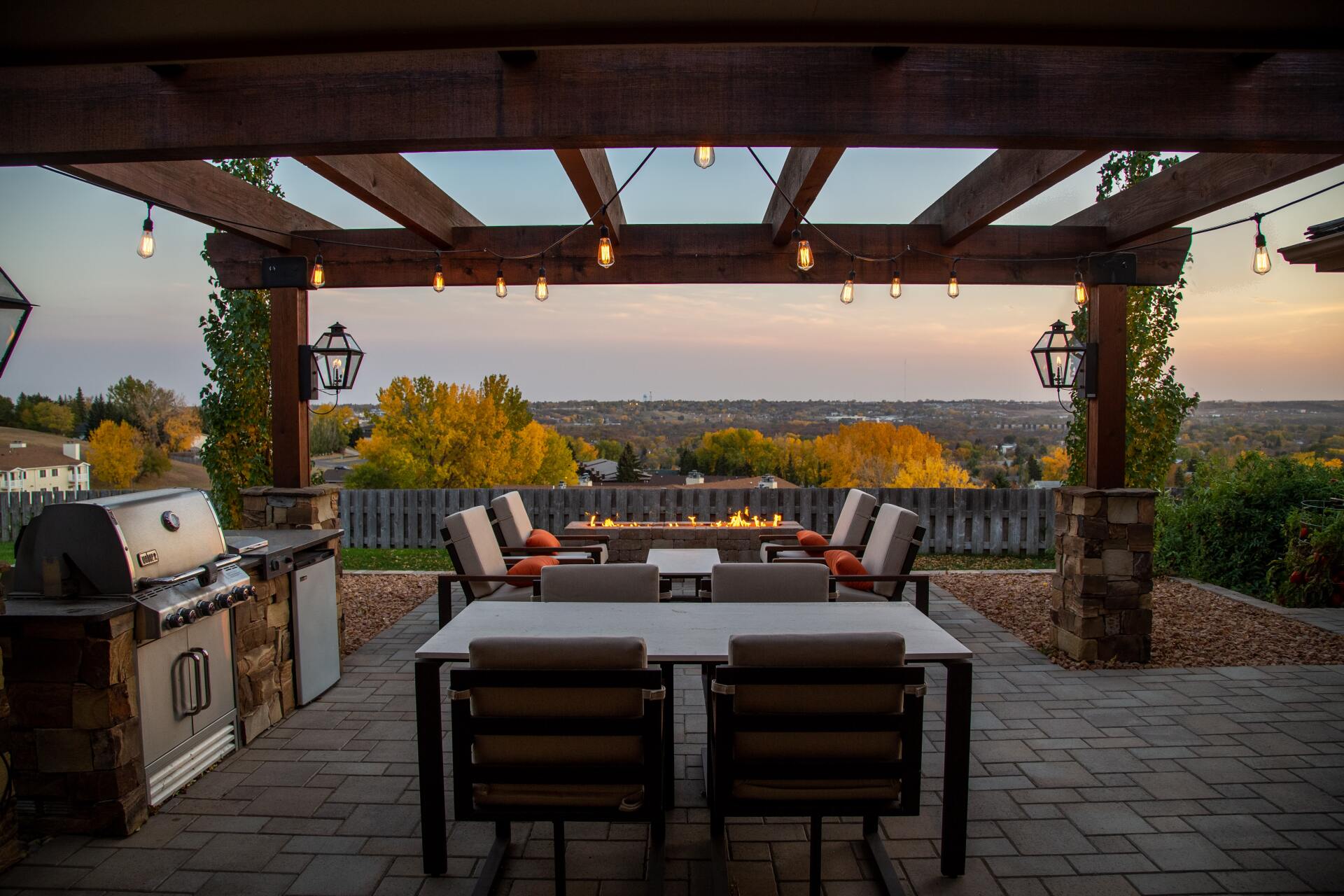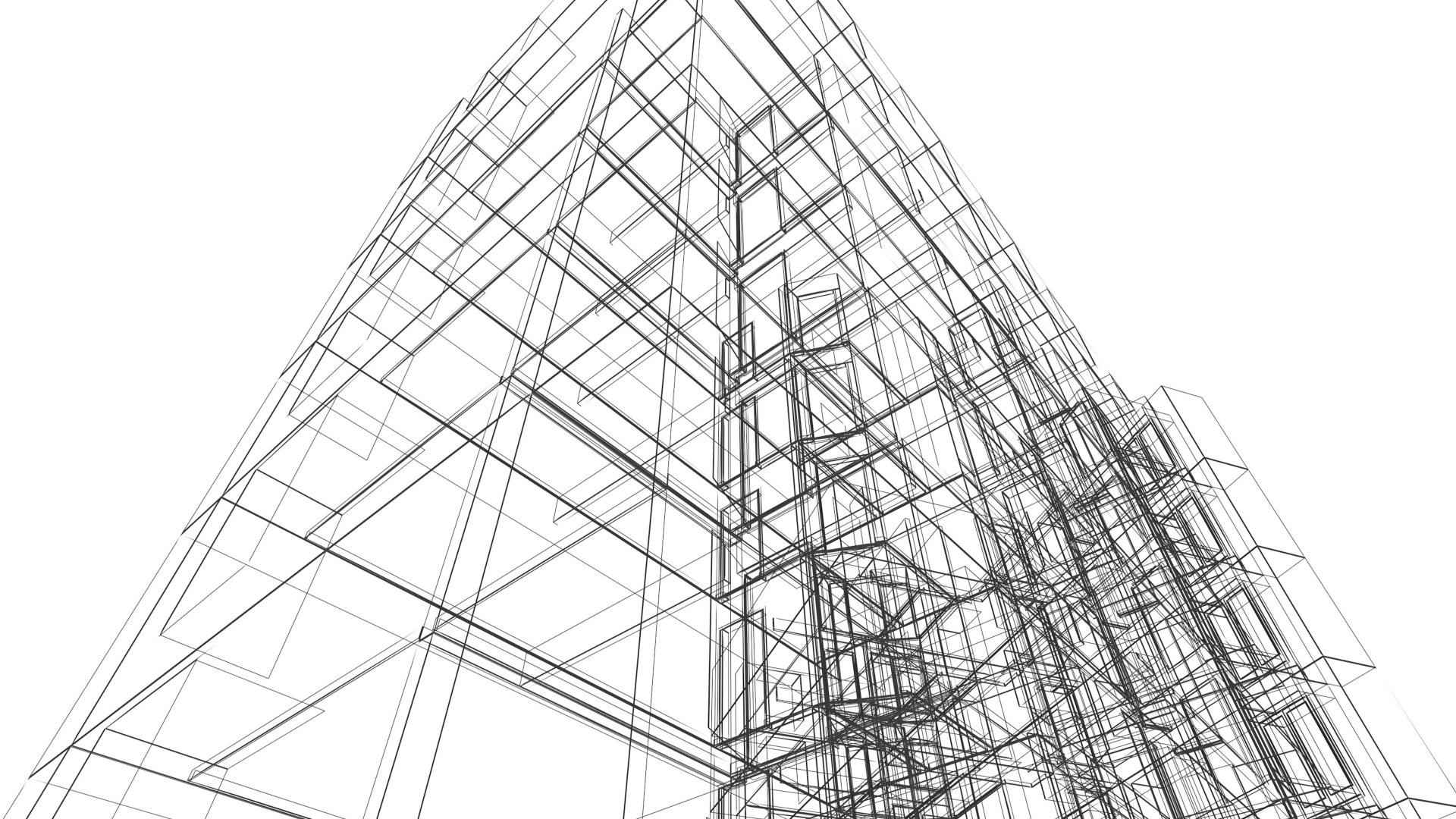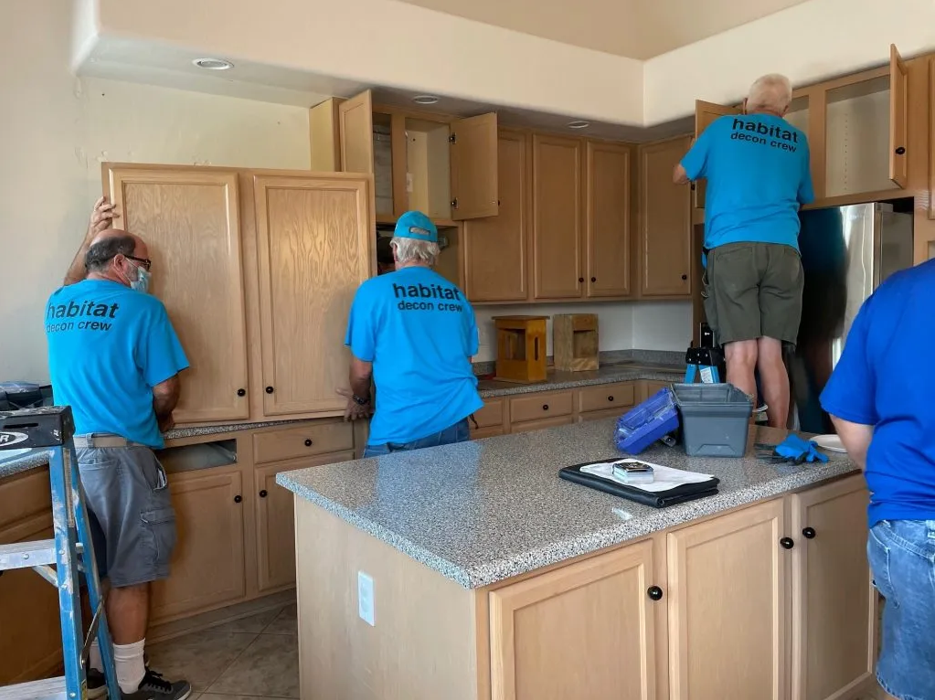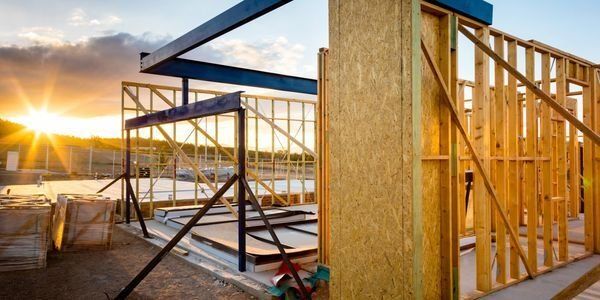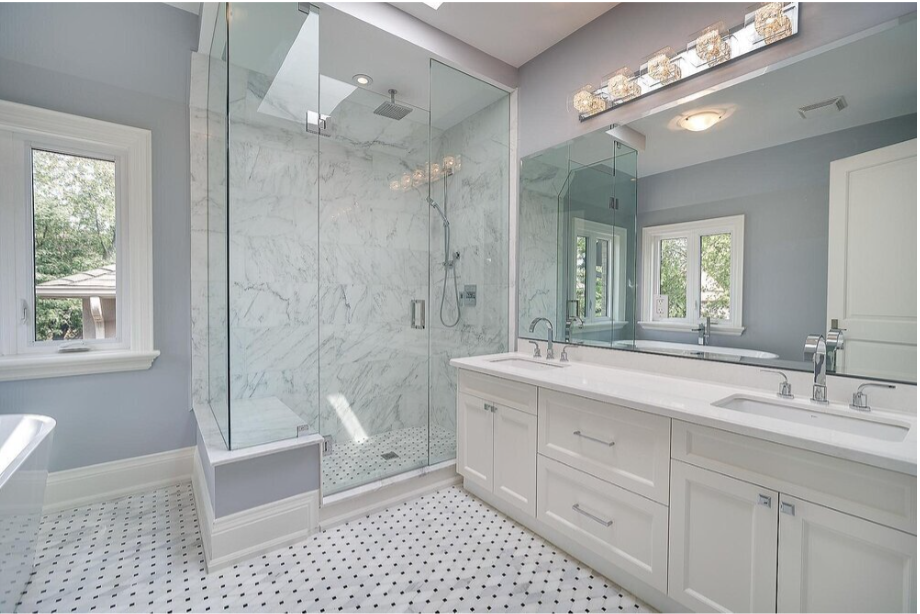SIPs3
SIPs3
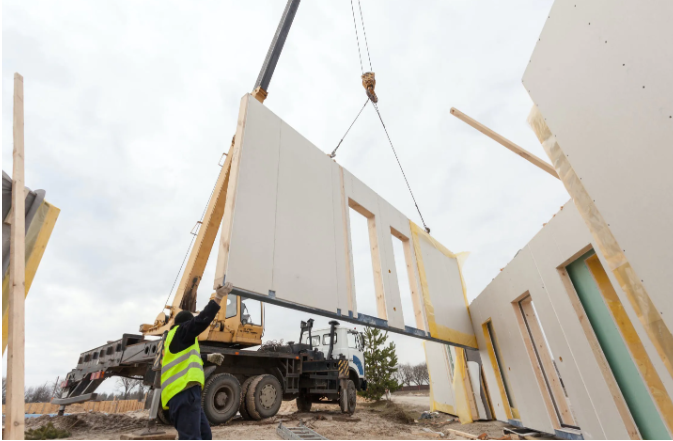
Hello Friends,
In todays post we will cover the advantages and disadvantages of SIPs or structural insulated panels for your home renovation.
First what are SIPs?
They are a modern construction technique that involves placing foam or polystyrene insulation between Oriented
Strand Board (OSB)
These prefab boards are slotted together to create both the interior and exterior structure of your home or addition.
As with everything in life SIPs have advantages and disadvantages, lets go through them to see if a SIPs build is solid option you would like to consider.
Advantages:
-Energy efficient
-Super energy efficient
-Airtight construction
-Because of this airtightness, SIPs require a system known as
mechanical ventilation with heat recovery (MVHR). Again, this helps to make the building extremely energy efficient.
Structural integrity
-7 times stronger than timber frame
-able to withstand harsh climates and weather conditions
Eco Friendly
-Very energy efficient
-OSB is made from fast growing trees thus reducing strain on
environment
Reduced construction process
-because the system and design are created off site, when it comes time to assemble on site time is greatly reduced.
Disadvantages:
Poor ventilation
-Without a proper MVHR system the poor ventilation can have a knock-on effect, leading to accumulation of pollutants, poor air quality, increased humidity and fire hazards
Moisture Damage:
-As with anything made from wood it may rot, mold and mildew proper waterproofing techniques are imperative.
Lack of ability to change structure:
Due to being prefabricated all holes are pre-drilled and structure is permanent. Modifying the home for chances would be a huge challenge.
Thanks for reading and we at Column and Joist hope that you found this post both educational and interesting. Please feel free to contacts us about any of your renovation needs. We look forward to hearing from you.



